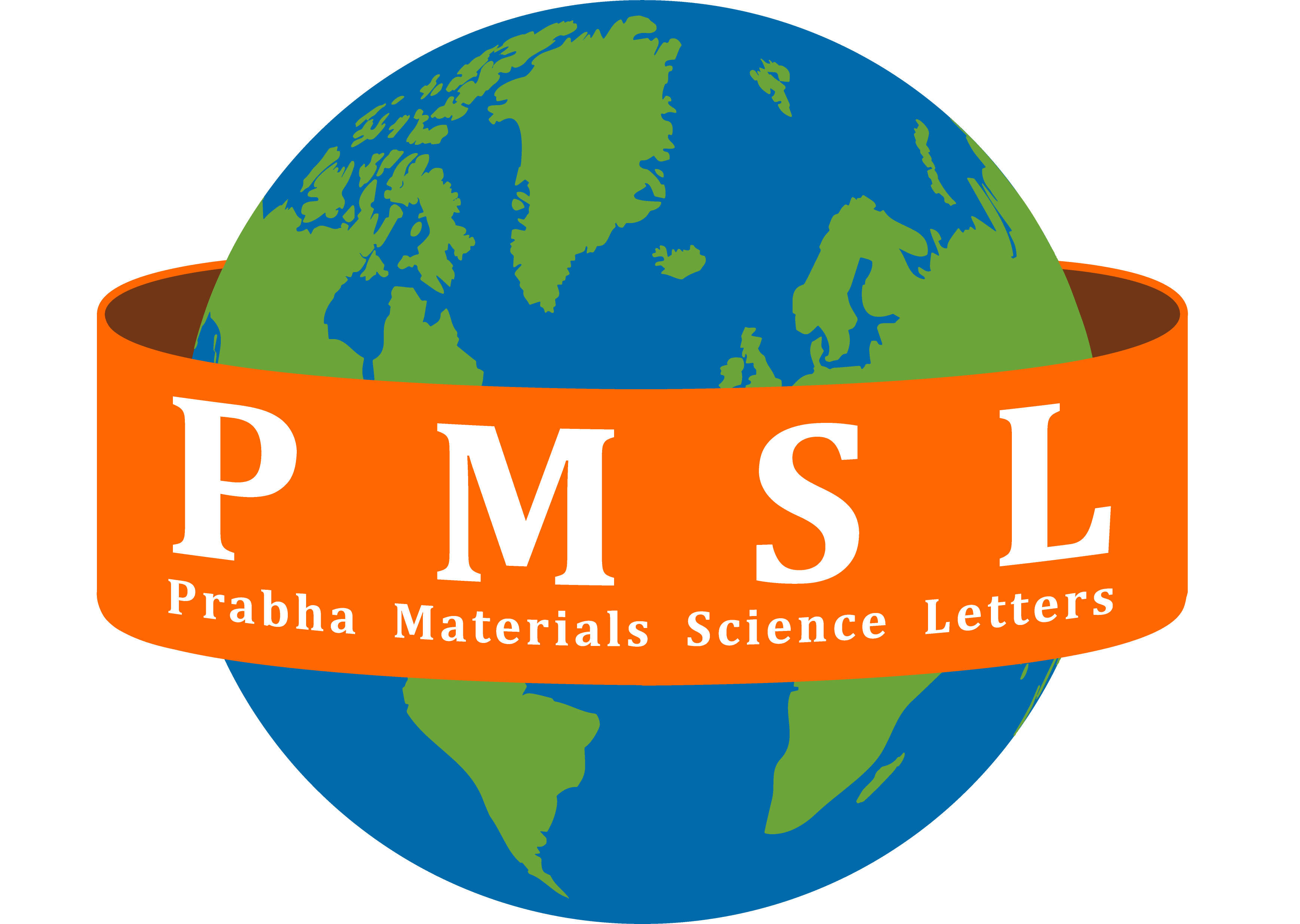Prashant R. Bhendarkar
Department of Physics, Dhote Bandhu Science College, Gondia, 441614, India.
Hitesh M. Rakhade
Department of Chemistry, School of Science, Indrashil University Ahmedabad, 382740, Gujarat, India.
Arpit B. Mendhe
Department of Physics, Rashtrasant Tukadoji Maharaj Nagpur University, Nagpur, Maharashtra, India.
Neha S. Barse
VMV Commerce JMT Arts & JJP Science College, 440008, Nagpur, India.
Dilip S. Chaudhary
Department of Physics, Dhote Bandhu Science College, Gondia, 441614, India.
Avinash C. Mendhe
Department of Electronic Engineering, Institute for Wearable Convergence Electronics, Kyung Hee University, 1732 Deogyeong-daero, Giheung-gu, Yongin 17104, Republic of Korea.
DOI https://doi.org/10.33889/PMSL.2025.4.1.003
Abstract
The rising worldwide demand for energy storage devices has driven significant advancements in studies regarding supercapacitor (SC), particularly in the context of renewable green energy systems and electronics. SCs have come up as a critical technology, providing ultra-fast charging, long lifespan and high-power density when compared to conventional batteries. These attributes make SCs ideal for applications that needs surging energy delivery, such as electric vehicles and grid energy storage systems. Lately wide range of research has been focused on enhancing the energy density through the development of advanced evolved materials and device architectures. This review article discusses recent advancements in SC, particularly in electrode materials, such as transition metal oxides (e.g., RuO2, MnO2, V2O5) and metal chalcogenides (e.g., MoS2), which exhibit high surface area, great electrical conductivity, and mechanical stability. These materials, alongside carbon-based materials like graphene and conducting polymers, have demonstrated significant improvements in charge storage capacity and energy transfer efficiency. Hybrid materials containing metal oxides with carbon-based contents have shown great promise in enhancing both energy and power densities. The review also discusses recent trends in electrolytes, including ionic liquids, aqueous solutions, and solid-state electrolytes, which have played significant role in improving SC performance by widening the voltage window and enhancing stability. Despite these technological advancements, challenges such as cost-effective material production and scalability remain barriers to widespread commercialization. The customization of SCs into hybrid energy storage systems alongside batteries and fuel cells presents a promising avenue for future development. This review article pins down the importance of ongoing research to overcome these challenges while fully realizing the potential of SCs in the evolving energy landscape.
Keywords- High energy density, Metal chalcogenides, Metal oxides, Hybrid supercapacitors, V2O5 supercapacitors.
Citation
Bhendarkar, P. R. Rakhade, H. M. Mendhe, A. B. Barse, N. S. Chaudhary, D. S. & Mendhe, A. C (2025). Advances in Metal Chalcogenides and Metal Oxides Supercapacitors: A Comprehensive Review of Fundamental Mechanisms and Recent Progress. Prabha Materials Science Letters, 4(1), 14-43. https://doi.org/10.33889/PMSL.2025.4.1.003.



